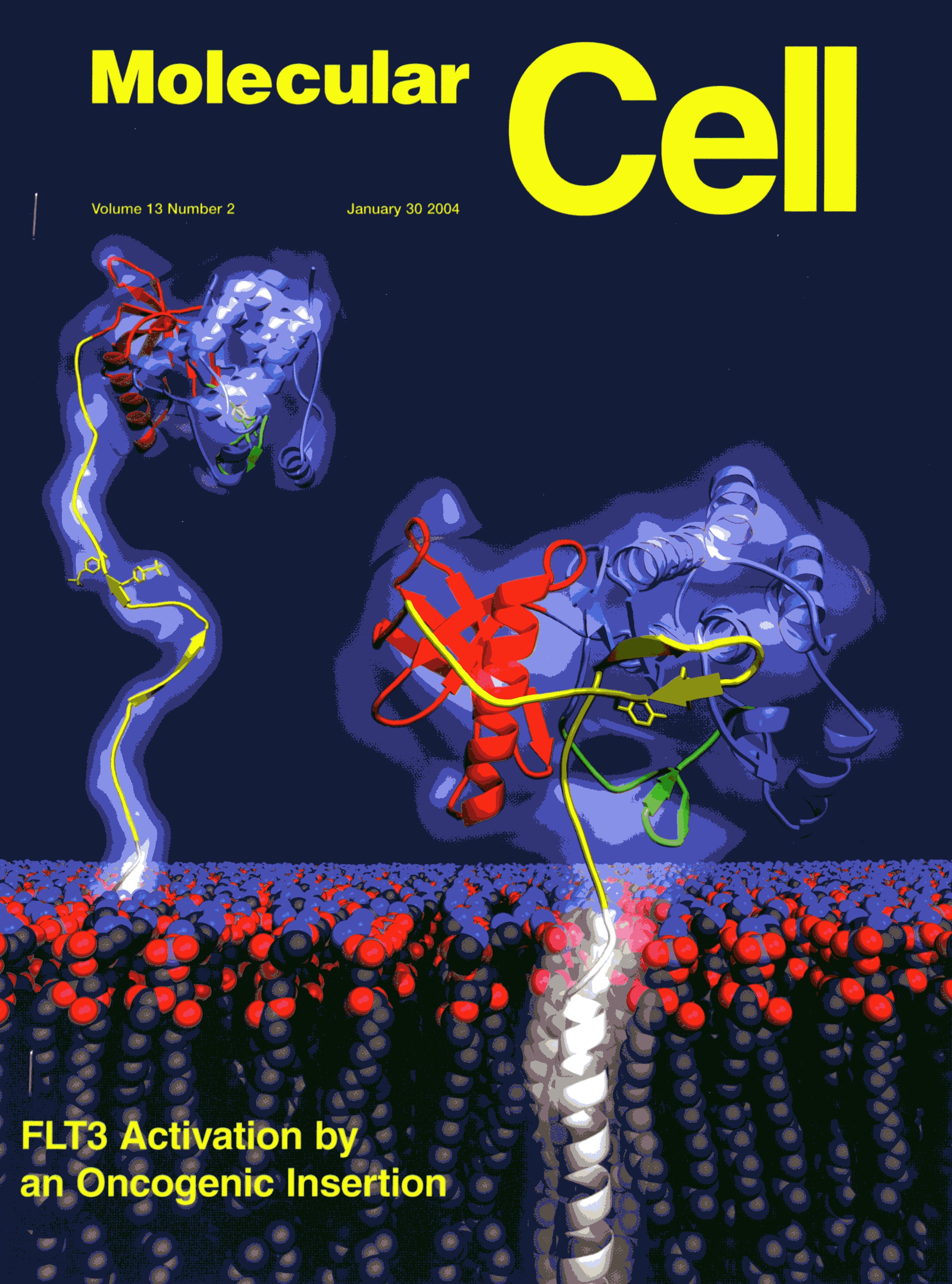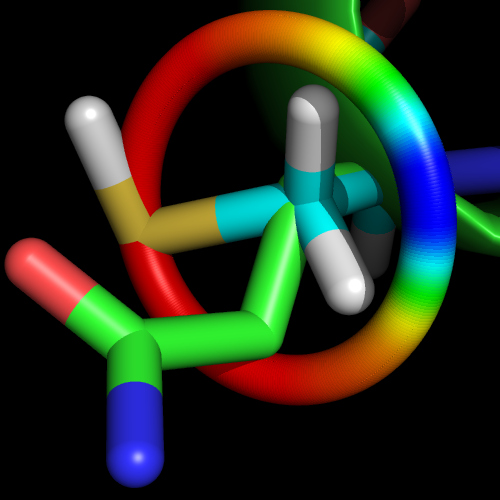Introduction
This script is an experimental surface cysteine pKa predictor.
The script is solely based on the work by:
Predicting Reactivities of Protein Surface Cysteines as Part of a Strategy for Selective Multiple Labeling.
Maik H. Jacob, Dan Amir, Vladimir Ratner, Eugene Gussakowsky, and Elisha Haas.
Biochemistry. Vol 44, p. 13664-13672, doi:10.1021/bi051205t
Questions to the article should be send to Maik Jacob.
Overview
The authors Jacob et al. were able to describe a computational algorithm that could predict the reactivity of surface cysteines.
The algorithm was based on reaction rates with Ellmans reagent, Riddles et al., on 26 single cysteine mutants of adenylate kinase.
The authors could predict the reactivity of the ..→


